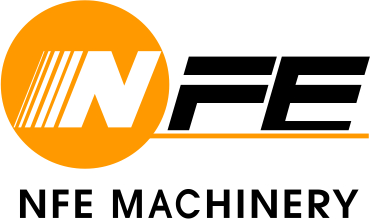
Stackable Beer Lagering Tanks
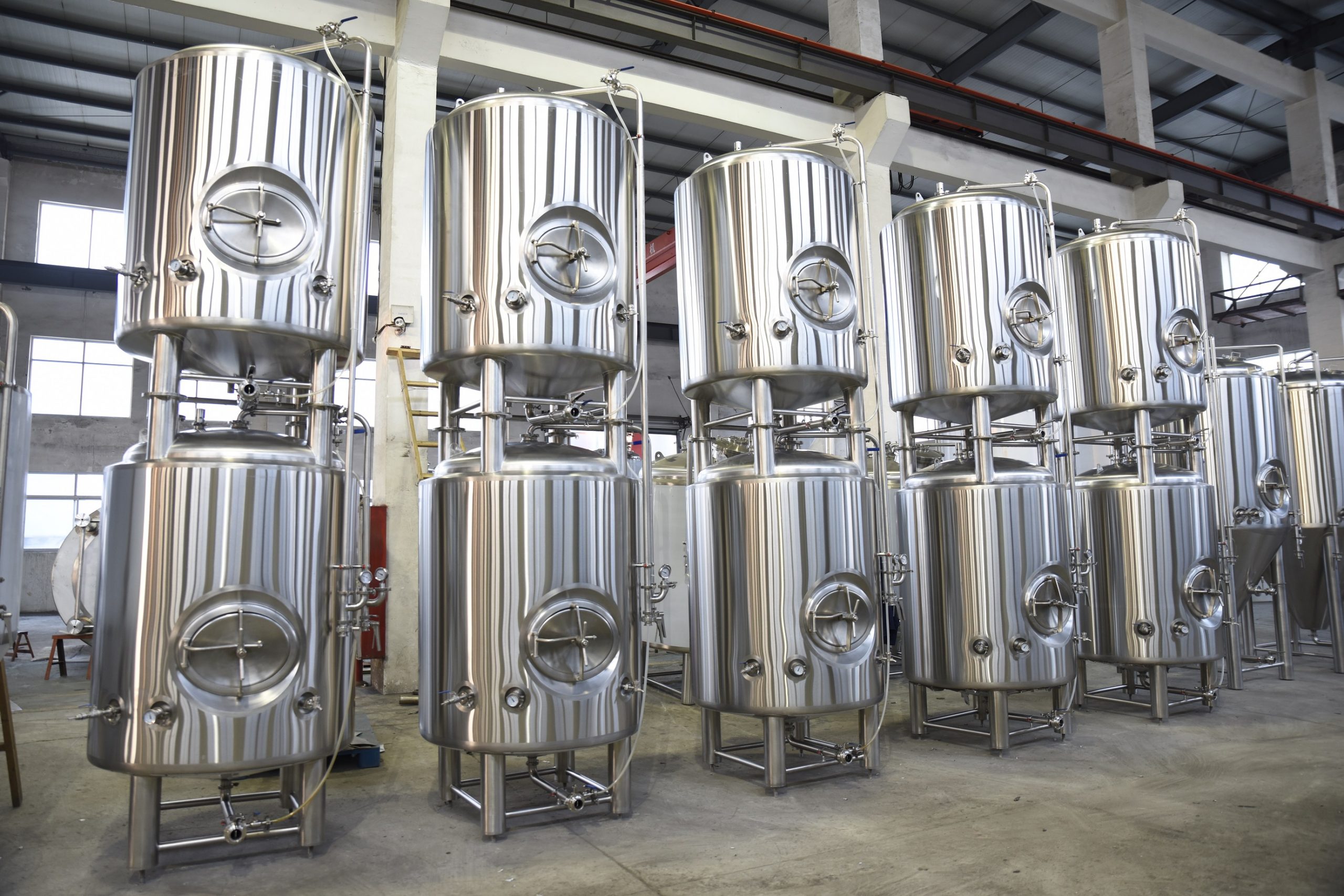
Stackable beer lagering tanks, also known as stackable fermenters or unitanks, are specialized vessels used for the lagering phase of beer production. These tanks are designed to provide an efficient and space-saving solution for fermenting and conditioning lager beers.These stackable tanks are particularly useful for commercial breweries with limited floor space, as they allow for efficient use of vertical space. They provide the flexibility to increase fermentation capacity without expanding the physical footprint of the brewery.
Types for Stackable beer lagering tanks:
Stackable beer lagering tanks, also known as horizontal maturation tanks, are available in various types and configurations. Here are a few common types:
Horizontal Stackable Tanks: These tanks are designed to be stacked horizontally on top of each other. They typically have a cylindrical shape and can be stacked up to several units high, depending on the brewery’s needs and space constraints. Horizontal stackable tanks often have a capacity ranging from a few hundred liters to several thousand liters.
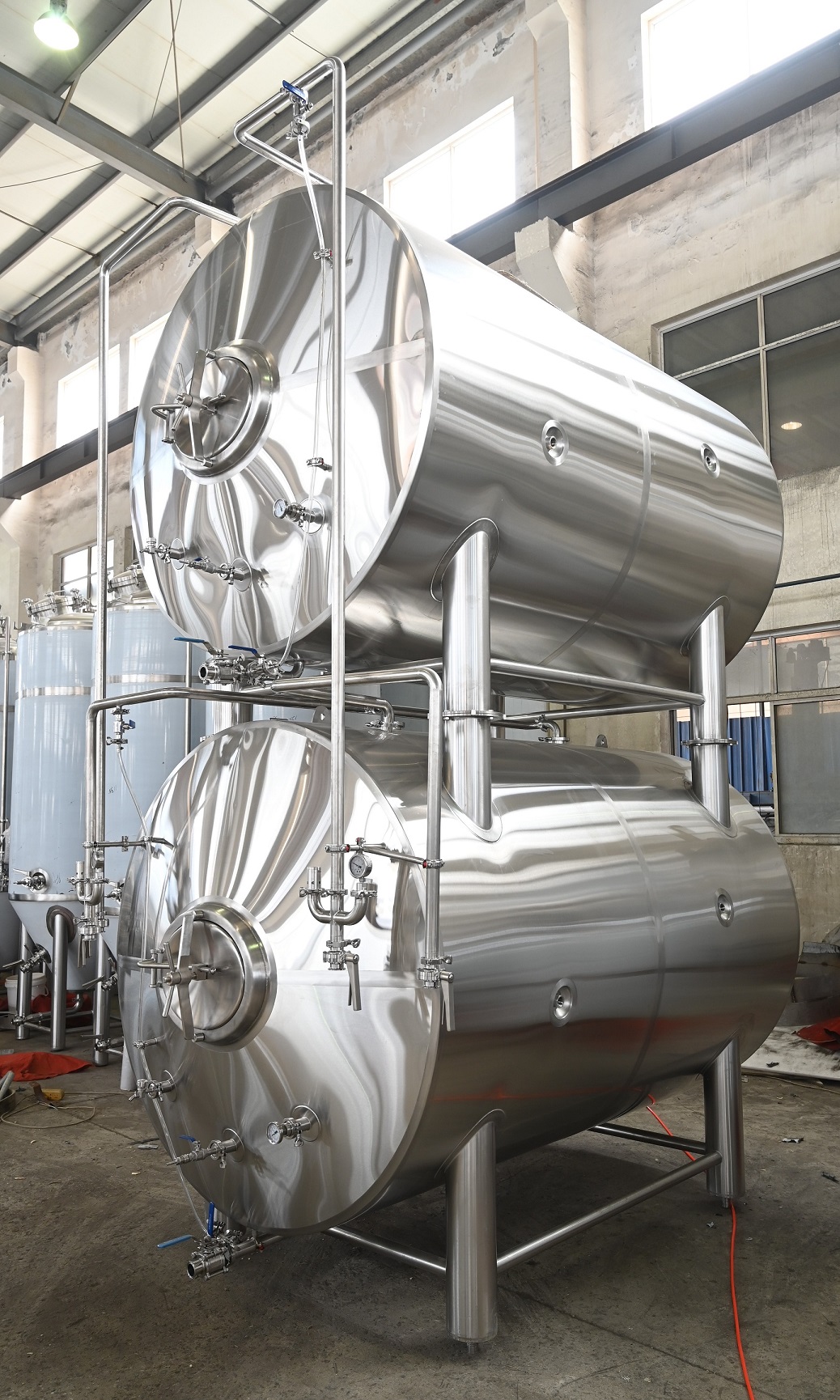
Vertical Stackable Tanks: Unlike horizontal tanks, vertical stackable tanks are designed to be stacked vertically. They have a tall and slim profile, which makes them suitable for breweries with limited floor space. These tanks are commonly used in smaller craft breweries or microbreweries. They come in various sizes and can be stacked up to several units high.
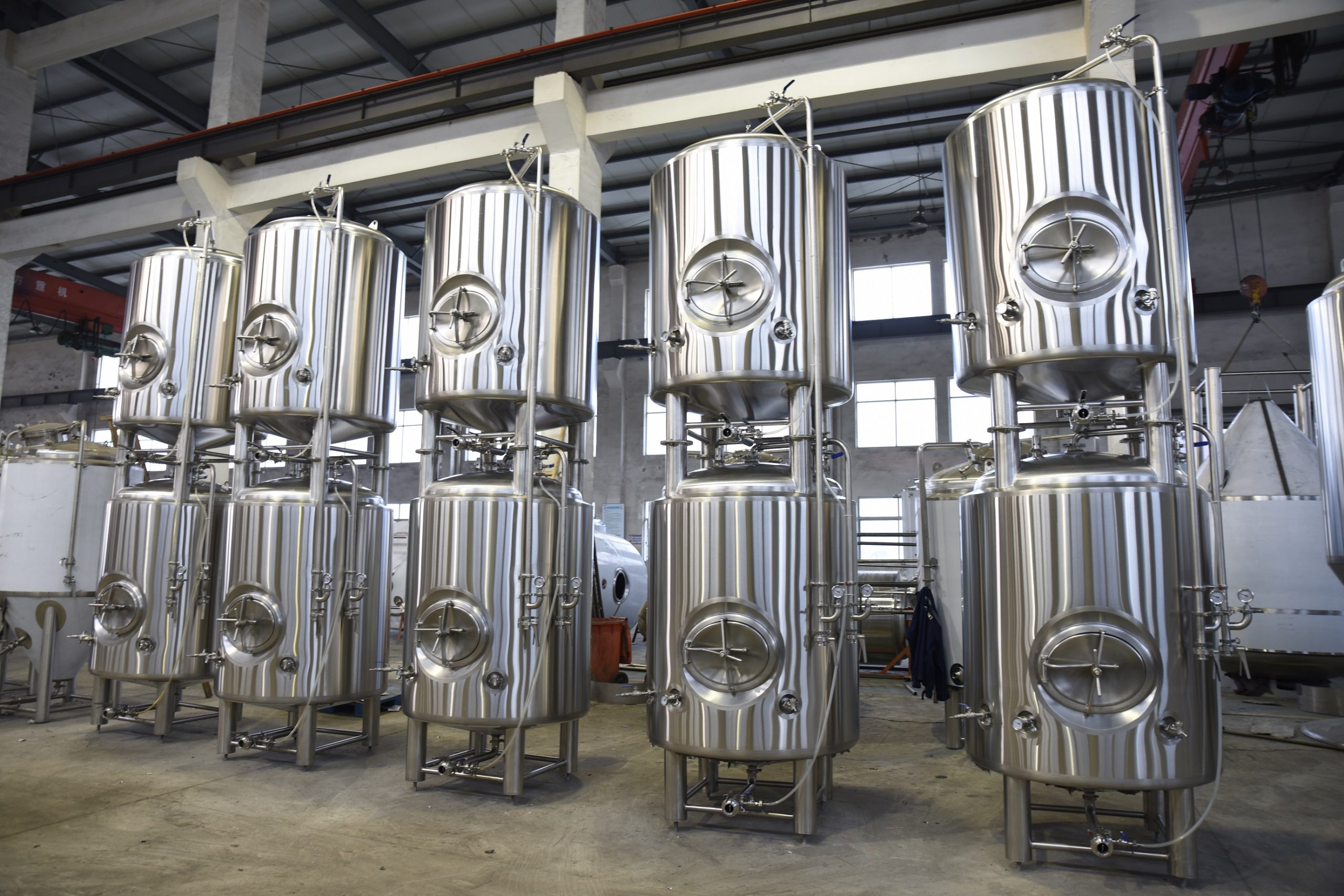
Features of stackable bee lagering tanks:
Stackable beer lagering tanks, designed for efficient use of space and easy scalability, typically offer several features that enhance their functionality and usability. Here are some common features found in stackable lagering tanks:
Stackability: The tanks are specifically designed to be stacked on top of each other, allowing breweries to maximize their use of vertical space and increase their lagering capacity without expanding their floor area.
Manways and Valves: Stackable tanks typically have large manways and various valves for easy access, cleaning, and maintenance. Manways allow brewers to enter the tank for inspections or cleaning, while valves enable the transfer of beer, sampling, and other necessary operations.
Space-Saving Shape: Stackable lagering tanks are usually cylindrical or have a tall and slim profile, which helps optimize space utilization. Their shape allows for efficient stacking while maintaining stability and ease of access for cleaning and maintenance.
Material and Construction: These tanks are commonly constructed from high-quality stainless steel, which provides durability, resistance to corrosion, and ease of cleaning. The tanks are typically equipped with sturdy supports and reinforcement to ensure stability when stacked.
Insulation: Lagering tanks often feature insulation to minimize temperature fluctuations and maintain a stable environment for the maturation process. Insulated tanks help to maintain the desired temperature within the tank, enhancing the quality and consistency of the beer.
Cooling Systems: Stackable lagering tanks may come with built-in cooling systems to maintain the required low temperature for lagering. These cooling systems can vary, including options such as direct expansion (DX) refrigeration or glycol cooling, depending on the specific design and requirements.
Pressure Control: Some stackable lagering tanks may incorporate pressure control mechanisms, such as pressure relief valves or spunding valves, to regulate the carbonation level and ensure proper conditioning of the beer during the lagering process.
Easy Cleaning and Maintenance: Stackable tanks are designed with accessibility in mind. They often feature removable components, such as manways and fittings, that facilitate easy cleaning and maintenance operations. CIP systems may also be integrated into the tanks for efficient cleaning procedures.
Level Indicators: These tanks may include level indicators or sensors to monitor the beer level inside the tank accurately. This information helps in managing production and ensuring timely transfers or packaging.
Monitoring and Control: Advanced stackable lagering tanks may include instrumentation for temperature monitoring, pressure control, and data logging. This allows brewers to closely monitor and control the lagering process, ensuring consistency and quality.
Choosing the right stackable bee lagering tanks for your brewery:
When choosing the right stackable beer lagering tanks for your brewery, there are several factors to consider. Here are some key points to help you make an informed decision:
Production Volume: Determine your brewery’s production volume and the amount of beer you need to store and lager at any given time. This will help you determine the appropriate capacity of the stackable tanks you require.
Space Availability: Assess the available space in your brewery. Measure the floor area and ceiling height to determine the maximum size and number of tanks you can accommodate. Consider whether horizontal or vertical stacking would be more suitable based on your space constraints.
Cooling Requirements: Consider the cooling system of the stackable tanks. Ensure that the tanks you choose have efficient and reliable refrigeration systems to maintain the desired lagering temperature. Evaluate the cooling capacity and energy efficiency of the tanks to meet your brewery’s needs.
Material and Quality: Look for stackable lagering tanks made from high-quality stainless steel. Stainless steel is durable, easy to clean, and resistant to corrosion, ensuring the longevity of the tanks and maintaining the hygiene standards required in brewing.
Insulation: Depending on your brewery’s location and environmental conditions, consider whether insulated tanks are necessary to minimize temperature fluctuations and maintain consistent lagering conditions. Insulation can help improve energy efficiency and provide better temperature control.
Stackability and Stability: Evaluate the stacking design and features of the tanks to ensure stability and safety when stacked. Look for tanks with interlocking fittings, stacking frames, or other mechanisms that provide secure stacking without compromising safety.
Accessibility and Maintenance: Consider the accessibility features of the tanks such as manways, valves, and sampling ports. These should be designed to allow easy access for cleaning, maintenance, and sampling during the lagering process.
Budget: Determine your budget for the stackable lagering tanks. Consider the features, quality, and capacity required and compare prices from different manufacturers or suppliers. Be mindful of the long-term value and durability of the tanks, as investing in higher-quality tanks can result in lower maintenance costs over time.
Manufacturer and Support: Choose reputable manufacturers or suppliers known for their quality products and excellent customer support. Research customer reviews and seek recommendations from other breweries to ensure you’re getting reliable and well- supported stackable lagering tanks.
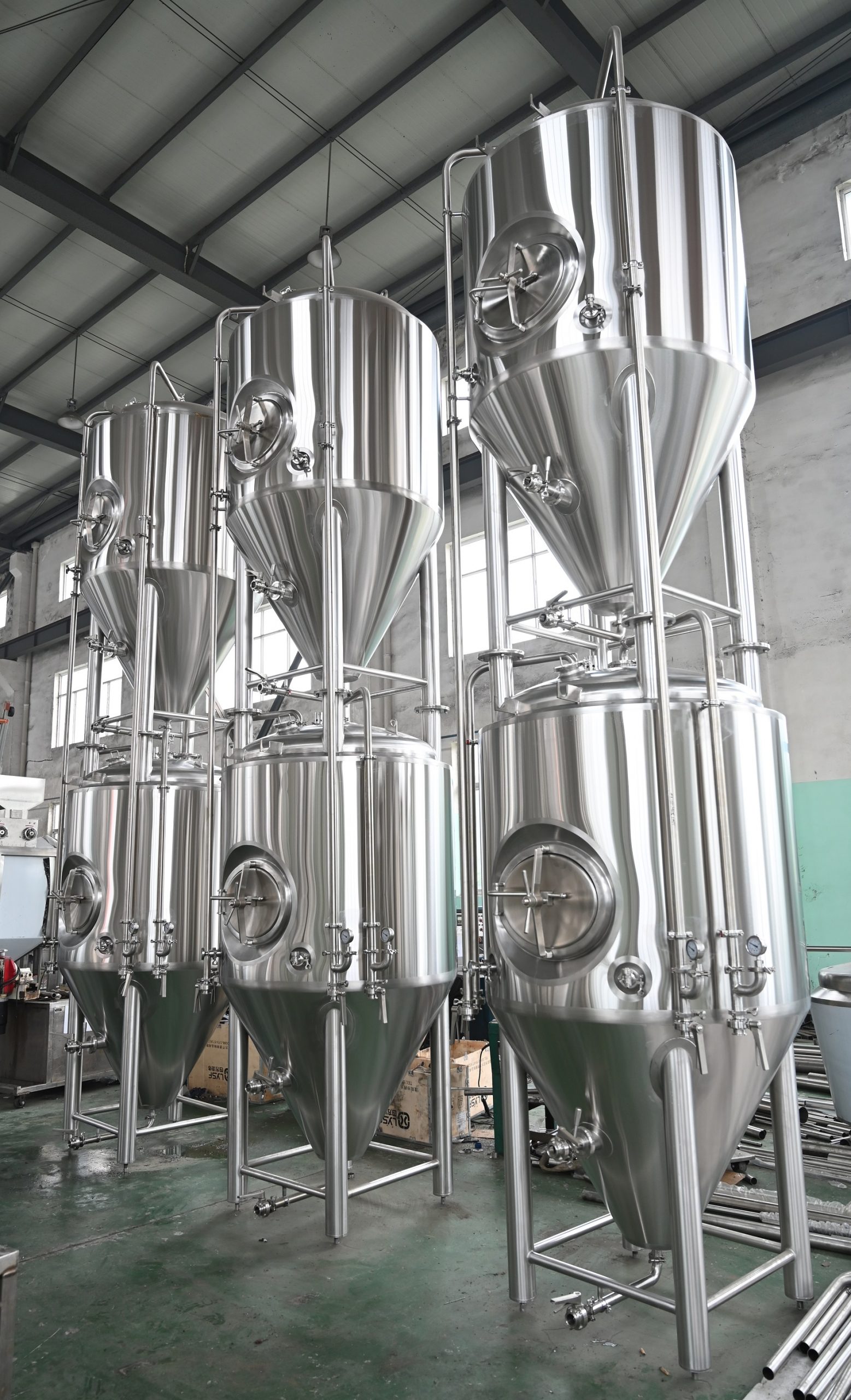
Conclusion
When selecting stackable beer lagering tanks for your brewery, consider factors such as your production volume, available space, cooling requirements, and budget. It’s recommended to work with reputable brewing equipment manufacturers or suppliers who can provide guidance and options based on your specific requirements.
Thank you for reading this article about stackable beer lagering tanks. If you’re looking for a high-quality, durable, and easy-to-use stackable beer lagering tanks, we recommend the brewing equipment brand NFE Machinery company, NFE brewing equipment has good reputation for overseas market, Selling equipment is only the beginning of cooperation between NFE and you. Our Real Purpose is to help you set up the brewery and we grow together!
